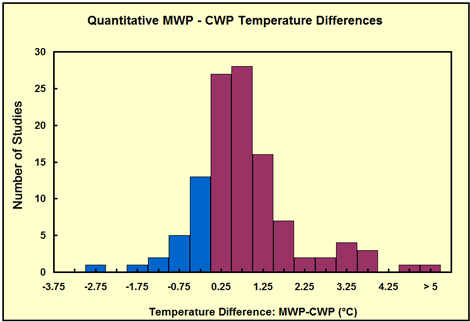The latest, of course, is the JSC Black Knights, who don't really believe that NASA has any business studying climate stuff. For the full rundown, Think Progress relaying Dana from Skeptical Science ain't bad, and the money quote is from NASA Science Administrator Waleed Adbalati
“NASA sponsors research into many areas of cutting-edge scientific inquiry, including the relationship between carbon dioxide and climate. As an agency, NASA does not draw conclusions and issue ‘claims’ about research findings. We support open scientific inquiry and discussion.
“Our Earth science programs provide many unique space-based observations and research capabilities to the scientific community to inform investigations into climate change, and many NASA scientists are actively involved in these investigations, bringing their expertise to bear on the interpretation of this information. We encourage our scientists to subject these results and interpretations to scrutiny by the scientific community through the peer-review process. After these studies have met the appropriate standards of scientific peer-review, we strongly encourage scientists to communicate these results to the public.
“If the authors of this letter disagree with specific scientific conclusions made public by NASA scientists, we encourage them to join the debate in the scientific literature or public forums rather than restrict any discourse.”
But Eli, as John Fleck pointed out a while ago is into the meta of the thing, and to figure out why this, why now, the wayback machine takes us to a
February post by one of the Bunny's old USENET playmates, Steinn Sigurdsson,
There are several signs o'doom for NASA bubbling up out there
So it goes. . . .
Turns out the White House has given NASA the heads-up and they had to tell ESA some, and ESA has no compunction about talking.
Beeb story on NASA ESA break on Mars
WaPo on NASA cuts
Ed Weiler tells all about why he left NASA . . .
This is partly JWST needing to find pocket change, and partly, presumably, the general onset of austerity and all 'round cuts.
This is going to hurt.
and
his comment about the review of the planetary exploration program
The problem is that something almost certainly has to give, and the decision is now being kicked upstairs with obscure guidance.
This could end badly.
So now, Eli gets to point out all of NASA is divided into three parts, each of which has a varying amount of Gaul, the manned space flight program, the science program and aeronautics. The various centers, Johnson, Goddard, Ames, Dryden, Glen, JPL, Kennedy, Langely, Marshall, Stennis, tend to specialize in one thing or the other but usually have some feet in all three camps (good trick, :). Johnson, of course is mostly about manned space flight, Goddard about science especially Earth stuff, and JPL has the lead in planetary science. Marshall is about building rockets and rocket motors, Stennis about testing them and Kennedy about launching them. Glen is the center for aeronautics propulsion and Ames, Dryden (Ames stepbrother) and Langely, although diverse, could be thought of as aeronautic legacies from NACA.
Sometime ago,
Eli was of the opinion that the Bushies were going to hack up NASA. In one
scenario aeronautics would go to the FAA leaving a rump Confederate Manned Space Exploration Agency centered around Johnson, Kennedy, Marshall and
Stennis. Kennedy would be renamed
Strom Thurmond Space Center. GISS would be gifted (in the
German sense) to Columbia, JPL, well Cal Tech owns it anyhow and Goddard and Langely would have to fend for themselves.
Beyond this, the NASA external grant program is absolutely key in many areas of science, including climate, air pollution, planetary sciences, astronomy and more.
Administrations have always handled inconvenient programs at NASA by giving the agency something additional to do within the same budget, thus the manned push to Mars, which, intelligently, has been taken off the stove for all practical purposes.
But as Steinn has pointed out, the cupboard is bare and the butcher's bill has to be paid. The Johnson Black Knights have thrown down the gauntlet across agency organizational lines, and, at least in public, Adbalati has responded calmly and without bloodshed, but this indeed may not be what is going on at HQ. The problem, of course, is that the manned space flight program has always been the NASA standard bearer, abetted by the rocket jocks who would, in not much of a pinch, have no problem flying bricks rather than payload or people.
With the wind down of the Shuttle, and the obvious uselessness of the ISS this may have shifted under their feet. Bunnies will see, but the other constituencies are not standing still either. Eli has an Email from the AGU Planetary Sciences Section and the American Astronomical Society Division for Planetary Science calling for serious lobbying of Congress to reverse "devastating budget cuts".
Which brings Rabett Run to a final and interesting point. What is the AGU Atmospheric Sciences Section going to do? What makes this popcorn ready is that the Section President Elect is Peter Webster. Can Webster carry water for Atmospheric Sciences (which does include climate) and at the same time advocate the post modern approach of his colleague, chair and
business partner, Judith Curry. Congress is not fond of mixed messages. An interesting straddle and time is short.

















